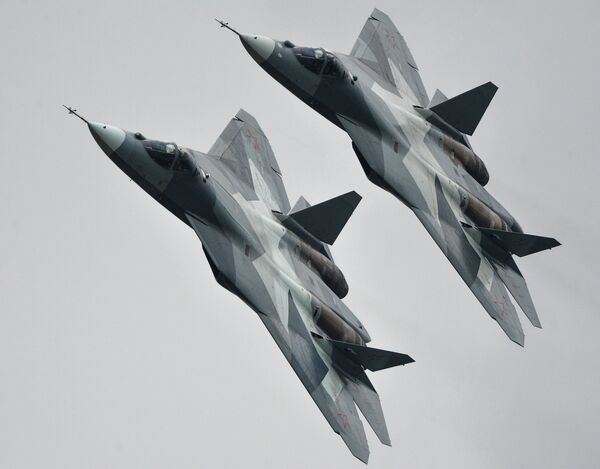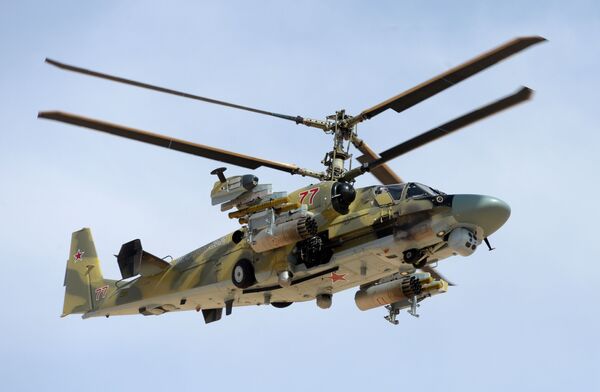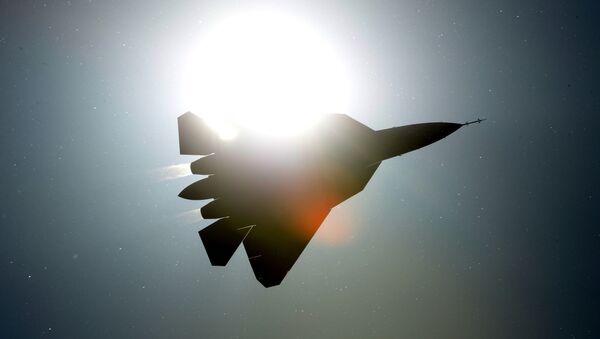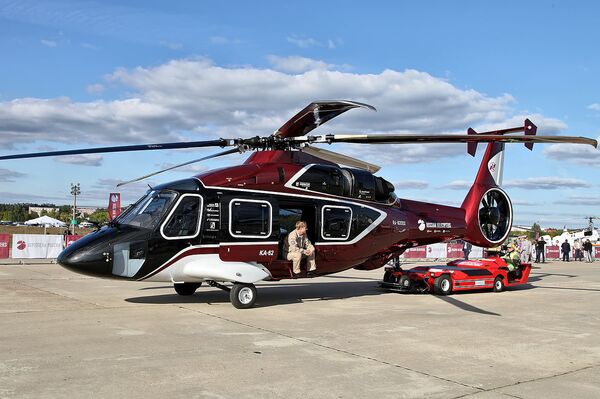With 70 percent of the T-50’s airframe consisting of composite materials, its developers say that the effective area of the plane’s reflecting surface is just 0.5 square meters. For comparison, in the heavy "metal" SU-30MKI fighter this indicator is 40 times higher and is equal to 20 square meters.
Figuratively speaking, the T-50 is seen on a radar screen as a tiny 50 cm x 100 cm “spot.”

The T-50’s designer, Alexander Davidenko, told Zvezda TV that due to the use of composites the aircraft has four times fewer parts compared to the Su-27, weighs less and is easier to mass produce.
Composite and radio-absorbing materials will also find extensive use in Russia’s new PAK DA strategic bomber. Designed as a “flying wing,” just like the US B2 Spirit strategic bomber, the PAK DA will be much less visible to radar than its American counterpart.
Meanwhile, the aircraft factory in Ulan-Ude in eastern Russia has completed flight tests of the new regional TVS-2-DTS plane, almost entirely built from composite materials.
The use of composite materials dramatically reduces a plane’s visibility, as electromagnetic signals are not reflected from carbon fiber surfaces and passing through them or getting absorbed.
As a result all a radar operator sees on his screen is blank space.

The reduction in visibility is also ensured by the irregular geometrical shape of the plane’s surface, which is simpler to “mold” from carbon plastic than from metal.




